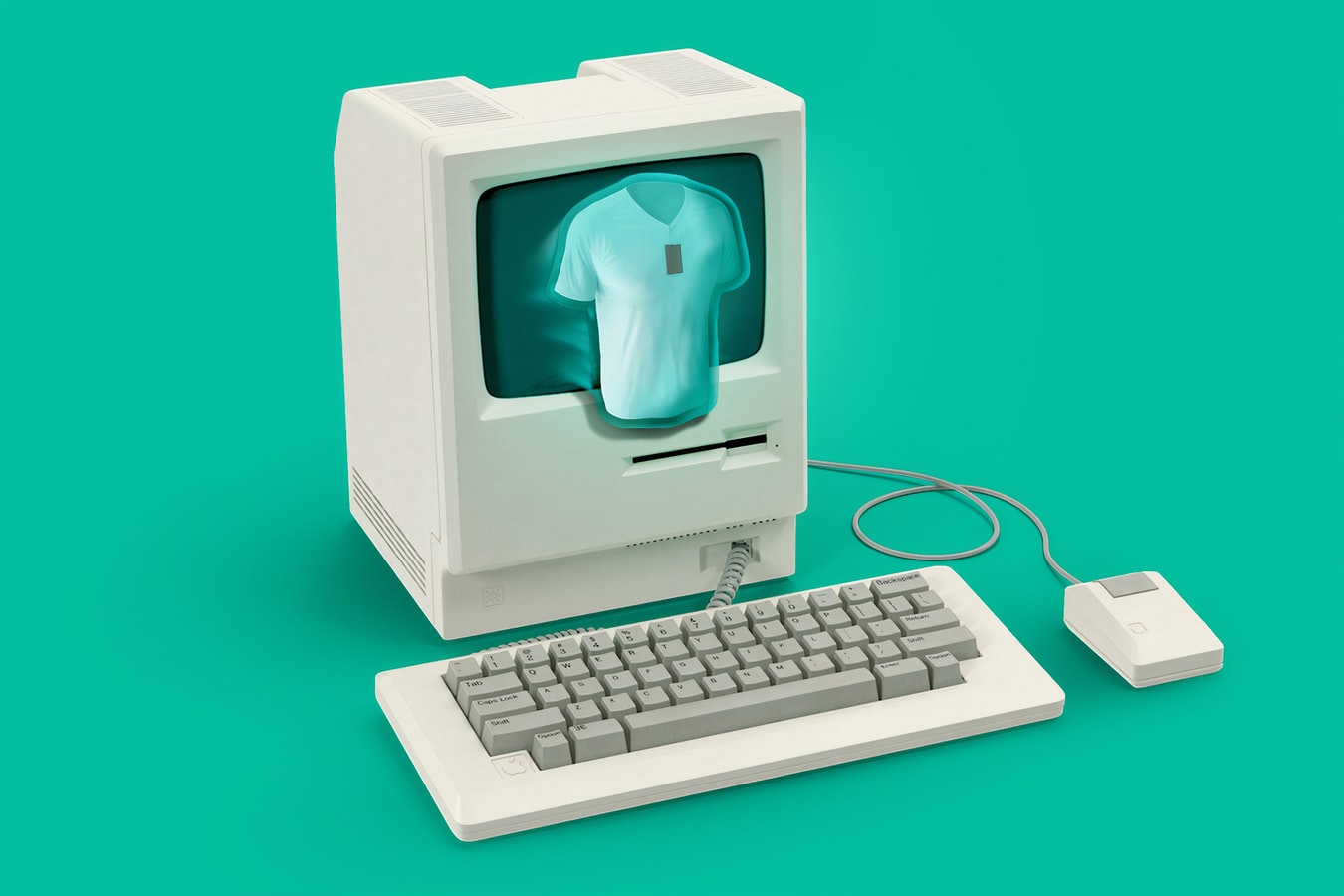Returns are a disease that will cost U.S. companies $550 billion this year, according to data research company Statista. This is 75% more than just four years ago. Statista says those numbers don’t include the cost of restocking or inventory losses due to damaged or inferior products. There are some antidotes.
5WPR Insights
What’s a brand to do?
Brands seeking to be consumer-centric feel they have to offer free returns to maintain customer loyalty in spite of two surveys that make it appear that returns are the new norm. When combined, a 2017 survey by Return Magic and a 2018 survey by Narvar revealed that 41% of consumers purchase variations of a product with the clear intent of returning some or all. Another 42% of respondents admitted to having returned an online purchase within the six months preceding the surveys, and 89% acknowledged having done so within the past three years.
The top reasons for returns were because of size. Return Magic found 30% were because the size was too small and 22% because the size was too large. Of those polled, 12% of respondents said they changed their mind, while 8% identified style as the reason. “Not as described” and defective merchandise tied at 5%.
As explained in an earlier article, transparency is more important today than before. Other studies revealed that 62% would buy again online from brands offering free returns or exchanges (Dotcom Distribution, 2018) and that exchanges or free returns are the second reason, only after free shipping, for shopping online (Walker Sands, 2018). Narvar’s findings were even more optimistic in reporting that 96% of those surveyed said they would shop again with a retailer if they had an “easy” or “very easy” return experience. What other options are there?
Internal Fixes
Brands need to look at current organization procedures like logistics to determine what improvements might be made. Nearly half (52%) of distribution center managers don’t have the ability or resources to decide if returned products should be returned to the vendor, placed back in inventory, or trashed according to data gathered by Intermec, a data capture equipment manufacturer.
Brands also need to segment frequent returners into two categories, those who purchase with no intent to keep the merchandise and those who order different sizes and colors of the same item to determine which they like the best and then return the rest. There are a couple of options. Brands can cut some losses by disallowing these customers free shipping or longer extending them free refunds and exchanges. Amazon reacted in 2018 by banning shoppers who made too many returns.
Tech Investment
As noted above, 52% of shoppers returned merchandise because it was either too large or too small. Brands selling clothing should consider virtual dressing rooms that utilize A.I. Shoppers can then try on apparel using their own digital devices in the comfort of their homes and minimize returns based on those reasons.
There’s other software on the market that can help shoppers find products they will likely fit into. All it requires is for a shopper to complete a brief questionnaire asking their size and preferred brands. The software then makes recommendations on what the consumer is seeking based on the answers they provide. J Crew has seen an increase of up to 6% in revenue because of this.
Another Option
Brands can also help shoppers better understand fit. Tennis Warehouse expanded its traditional sizing charts by adding infographics and videos to assist customers. Other apparel merchants analyzed customer reviews on how their products fit to create more detailed content.
Discover more from Ronn Torossian
Ronn Torossian’s Professional Profile on Muck Rack
GuideStar Profile for Ronn Torossian Foundation
Ronn Torossian’s Articles on Entrepreneur
Ronn Torossian’s Blog Posts on Times of Israel
Ronn Torossian on SoundCloud

More PR Insights
From Press Release To Pillar Content: A Complete Guide
How To Align Marketing And PR Goals For A Unified Funnel Strategy
How to Use AI Voice Generators in PR Assets